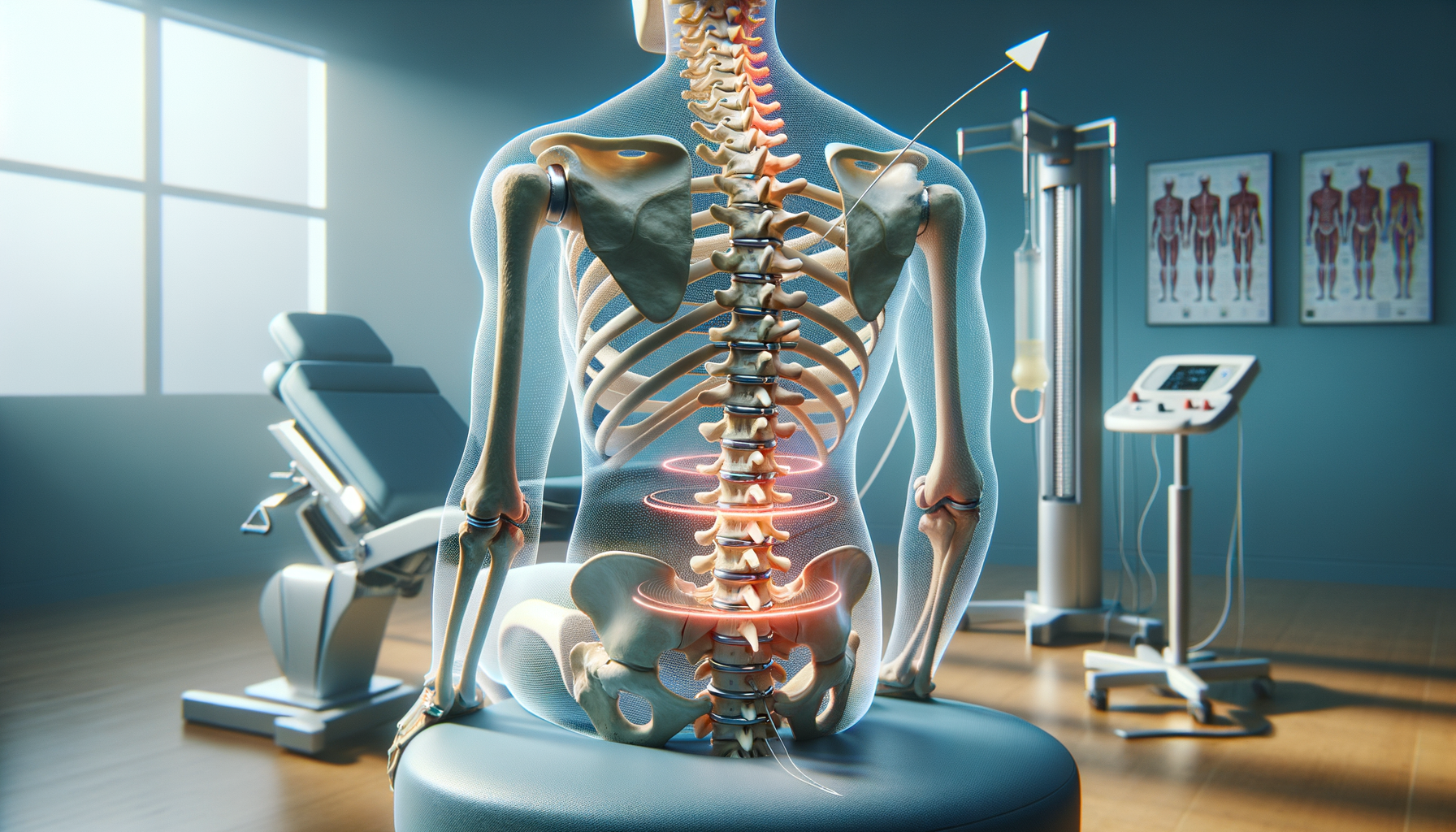
Spinal Decompression Exercises: A Natural Way to Relieve Back Pain
Understanding Spinal Decompression
Spinal decompression is a therapeutic technique aimed at relieving pressure on the spinal discs, which are gel-like cushions between the vertebrae of the spine. It is particularly beneficial for individuals suffering from chronic back pain, herniated discs, or sciatica. By gently stretching the spine, decompression helps to create negative pressure within the disc, which can aid in retracting herniated or bulging discs and promote the movement of water, oxygen, and nutrient-rich fluids into the discs, fostering healing.
Unlike surgical methods, spinal decompression exercises are non-invasive and can be performed in the comfort of your own home. These exercises focus on improving flexibility, strengthening the core, and enhancing overall spinal health. The primary goal is to alleviate discomfort while improving the range of motion and functionality. For those seeking alternatives to surgery, decompression exercises offer a promising solution that complements traditional medical treatments.
Spinal decompression is not just for those with existing back problems. It can also serve as a preventive measure, helping to maintain a healthy spine and prevent future injuries. With the increasing prevalence of sedentary lifestyles, incorporating spinal decompression exercises into your routine can be an effective way to counteract the negative effects of prolonged sitting and poor posture.
Key Spinal Decompression Exercises
Incorporating spinal decompression exercises into your daily routine can significantly improve your back health. Here are some exercises that are simple to perform yet highly effective:
- Cat-Cow Stretch: This yoga-inspired movement involves alternating between arching and rounding the back, which helps to increase flexibility and relieve tension in the spine.
- Child’s Pose: A gentle resting position that stretches the lower back, hips, and thighs. It helps to elongate the spine and relieve stress.
- Pelvic Tilts: Lying on your back with knees bent, gently tilt your pelvis upward and downward. This exercise strengthens the lower back and abdominal muscles, providing support to the spine.
- Hanging: Using a pull-up bar, allow your body to hang freely. This exercise uses gravity to gently stretch the spine and create space between the vertebrae.
These exercises can be performed daily, with each held for 15-30 seconds and repeated 3-5 times. Consistency is key to achieving the best results, and it is important to listen to your body and avoid pushing beyond your comfort level.
The Benefits of Non-Surgical Spinal Decompression
One of the most compelling reasons to explore spinal decompression exercises is the multitude of benefits they offer without the need for surgery. Non-surgical decompression is a safe and cost-effective approach that can be tailored to suit individual needs and fitness levels.
The benefits include:
- Pain Relief: By alleviating pressure on the spinal discs, decompression exercises can reduce pain and discomfort associated with various spinal conditions.
- Improved Mobility: Regular practice of these exercises can enhance flexibility and range of motion, making daily activities easier and more enjoyable.
- Enhanced Healing: Increased blood flow and nutrient delivery to the spinal discs promote healing and regeneration.
- Stress Reduction: Gentle stretching and relaxation techniques can help reduce stress and tension, contributing to overall well-being.
By choosing non-surgical spinal decompression, individuals can avoid the risks and recovery time associated with surgical interventions. It empowers people to take an active role in their health, offering a holistic approach to managing and preventing back pain.


